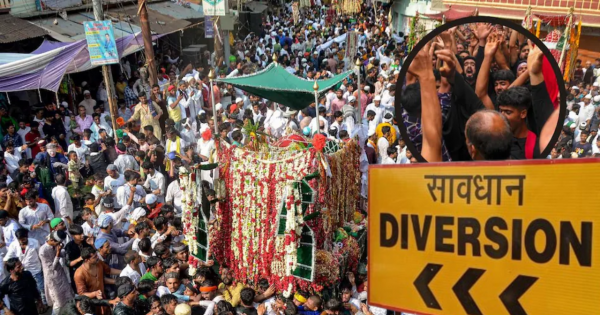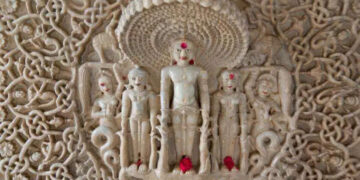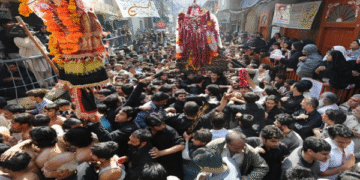Haldwani, Amrit Vichar. Even though the joy of Diwali has subsided across the country, this festival of lights is still being celebrated with full splendor in the hilly areas of Uttarakhand. Especially in the villages of Garhwal region, where the Igas festival celebrated on the 11th day is being celebrated with great pomp. This festival has become an opportunity to cherish the rich cultural heritage of the hill society, and now migrants are also returning to their villages to celebrate it.
The history of Igas is very interesting and historical. It is said that when the brave Bhad Madho Singh Bhandari went on a war in Tibet in the 17th century, he could not return home till Diwali, due to which the festival of Diwali was not celebrated in the hilly areas. But when he returned home after winning the battle on the 11th day, the villagers lit lamps to celebrate his victory and started a new festival. Since then it has become a tradition that Igas is celebrated on the 11th day of Deepotsav in Garhwal and Kumaon region.
Migrants are returning to villages, new wave of joining Igas
The popularity of Igas has increased further this year, as many migrants are now returning to their villages to celebrate this festival. Especially those people who are working in cities or settled in other states, understanding the importance of this day, they are returning to their native villages. In a way, it has become an important opportunity to connect with the mountain culture and one’s roots. People of Garhwal and Kumaon are now returning to their homes on this day to spend time with their families, thereby not only keeping the traditional heritage alive but also maintaining an atmosphere of happiness in the villages.
Traditional celebration of Igas and Buffalo
Buffalo game is an important part of the Igas day. In this game, young men and women roam around the village and sing and play together to the tunes of traditional musical instruments. The festival is considered incomplete without playing Bhailo. In many parts of Tehri district it is also known as Bhaila Bagwal, where special dishes are prepared and lamps are lit in every house. This sport is not only a symbol of happiness but also an integral part of mountain culture and lifestyle.
Contribution of folk music and folk seeker Shivjani
Folk music also has an important place in the celebration of Igas. The contribution of renowned folk singer and singer *Shivjani* Madho Singh Bhandari further enriches the musical aspect of this festival. In the 1960-70s, he compiled folk songs related to Veer Bhad Madho Singh Bhandari, which are still sung on the festival of Igas. Shivjani presented Kedar dance across the country, which gave national recognition to mountain music.
Igas: Reclaiming Culture and Identity
Igas is not just a festival, but it is an opportunity for the mountain people to revive their culture and identity. In the hilly areas, where most of the people are engaged in farming and traditional activities, Igas gives them an opportunity to come together, celebrate together and connect with their past. This festival is marking the beginning of a new wave in which migrant mountain people return with hopes of connecting with their roots and returning to their homes.
Igas is being celebrated with new enthusiasm
This year, Igas is more popular than ever. Even today, lamps are being lit in the hilly areas, pujas and buffalo games are being played in every house, and people are coming together to make this day memorable. With this festival of Igas, the glory of the mountain culture is also increasing, and it has become a festival that not only cherishes the traditional heritage, but also connects the hearts of the migrants with their villages. This festival is not only a religious The event is rather a symbol of the soul of the mountains of Garhwal and Kumaon, which will be kept alive for the coming generations.
Also read – Shocking revelation on pollution of river Ganga in the report of Uttarakhand government, the origin places of rivers are also polluted.






